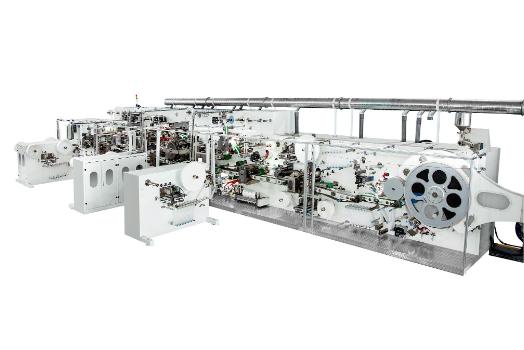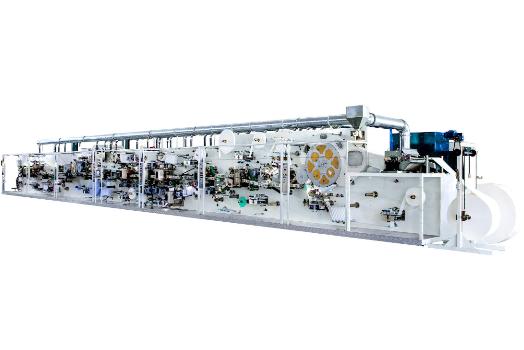
Sanitary Pads vs Underpads: What's the Difference and Which One Should You Use?
2025-09-16
At first glance, sanitary pads and underpads may look somewhat similar—they both absorb fluids, they’re both disposable, and they’re both designed for hygiene. But in reality, they serve very different purposes. Understanding the difference can help you choose the right product for your needs.
What Are Sanitary Pads?
Sanitary pads (also known as menstrual pads) are designed for women during their menstrual cycle. They are made to fit snugly inside underwear and absorb menstrual blood efficiently.
-
Key Features:
-
Thin and comfortable for daily wear.
-
Come in different sizes and absorbency levels.
-
Equipped with wings or adhesive strips to stay in place.
-
Sanitary pads are not meant to handle very large amounts of liquid, but they’re perfect for the natural flow during periods.
What Are Underpads?
Underpads, sometimes called “bed pads” or “chux,” are larger absorbent sheets used for incontinence, post-surgery care, or protecting bedding and furniture.
-
Key Features:
-
Much larger surface area compared to sanitary pads.
-
Can handle a significant amount of liquid.
-
Often used in hospitals, nursing homes, and at home for elderly or bedridden patients.
-
Underpads focus on protecting surfaces rather than being worn all day like sanitary pads.
When to Use Sanitary Pads vs Underpads
Here’s a simple breakdown:
-
Use sanitary pads during menstruation or for light spotting.
-
Use underpads for incontinence, bed protection, or when you need to catch larger amounts of fluid.
Imagine using an underpad as a menstrual pad—it would be totally impractical. And trying to use a sanitary pad to cover a whole bed? That would not work either. So yeah, the purpose makes the product.
Comfort and Convenience
Sanitary pads are designed with comfort in mind. They’re discreet, lightweight, and portable. On the other hand, underpads are bulkier, but they’re not worn on the body—they simply sit under the person or on furniture.
From a convenience perspective, sanitary pads are all about mobility, while underpads are more about protection and peace of mind in care settings.
Cost and Practicality
-
Sanitary Pads: Affordable, designed for individual daily use, widely available.
-
Underpads: More expensive per piece but save laundry time and protect mattresses, sofas, or wheelchairs.
Some caregivers even combine them: using underpads at night for extra protection, and sanitary pads during the day for lighter needs. Honestly, it’s all about matching the right product to the right situation.
Both sanitary pads and underpads are essential hygiene products, but they are not interchangeable. Sanitary pads are for menstrual protection, while underpads are for incontinence and surface protection.
Choosing the right one depends on your needs—comfort, mobility, or maximum protection. The key is to use each product for what it’s made for, so you get the best results without unnecessary hassle.



